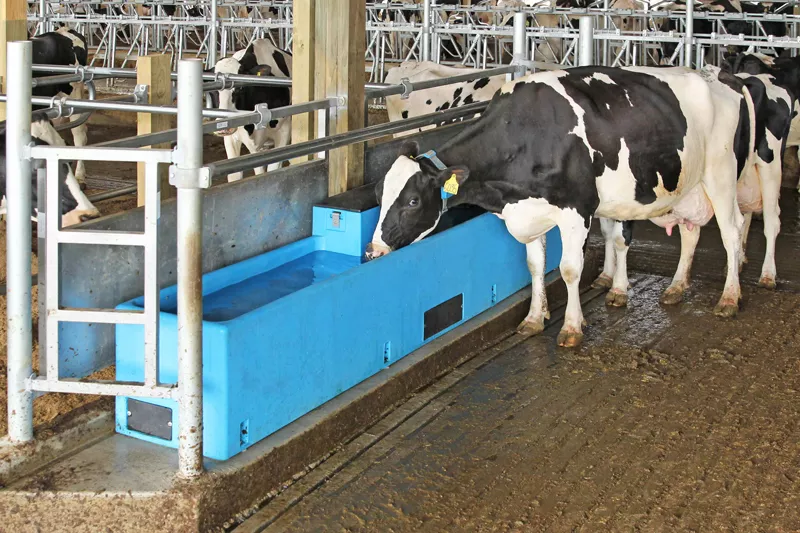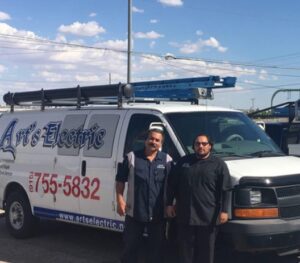Water is the foundation of livestock health. While feed, minerals, and housing often get the spotlight, nothing impacts productivity more than consistent access to fresh, clean water. For cattle, this is especially critical—hydration affects digestion, milk production, weight gain, and overall well-being. That’s why investing in the right cattle waterers is essential for every farmer.
But with so many types of waterers available, how do you know which one is best for your farm? Below, we’ll explore the main types of cattle waterers, compare them to other watering systems like horse waterers and sheep waterers, and show how they work hand-in-hand with feeding tools such as cattle mineral feeders.
Why Are Cattle Waterers So Important?
You might ask: Why not just use a trough or bucket? While those are basic options, they come with challenges like algae growth, frequent cleaning, freezing in winter, and contamination from feed or manure.
Modern cattle waterers solve these problems by:
• Keeping water at a safe, drinkable temperature
• Reducing labor and maintenance
• Preventing waste and contamination
• Ensuring constant, fresh water access
The Main Types of Cattle Waterers
1. Automatic Cattle Waterers
These are among the most popular types. Connected directly to a water line, they refill automatically as cattle drink. Benefits include:
• Consistent water supply without manual refilling
• Cleaner, fresher water compared to open troughs
• Ideal for medium to large herds
Many farms pair these with cattle mineral feeders, ensuring both hydration and nutrition are always available.
2. Heated and Insulated Waterers
For farmers in colder regions, frozen water is a constant struggle. Heated or insulated cattle waterers prevent ice buildup and ensure animals drink even in freezing conditions.
• Heated waterers use electricity to keep water flowing
• Insulated waterers use thick materials to trap heat naturally
• Some models combine both for maximum efficiency
This type of system is also available for smaller animals—heated sheep waterers and horse waterers can be just as essential in winter.
3. Energy-Free Nose Pump Systems
In these systems, cattle use their noses to pump water from underground sources like wells or reservoirs.
• No electricity required
• Works even in remote pastures
• Reduces labor while ensuring hydration
This is a great option for grazing herds far from the main barn or feeding stations.
4. Trough-Style Waterers
These are the traditional open systems, often large enough to accommodate multiple animals at once.
• Simple to set up and use
• Good for rotational grazing areas
• Require frequent cleaning and monitoring
Farmers often place cattle mineral feeders near trough-style waterers to encourage balanced nutrition alongside hydration.
5. Portable Waterers
Perfect for rotational grazing or temporary setups, portable cattle waterers are easy to move and connect to hoses or portable tanks.
• Useful for pasture management
• Reduces overgrazing in one area
• Can be adapted for other livestock, including horse waterers and sheep waterers
How Do Cattle Waterers Compare to Other Livestock Systems?
While this article focuses on cattle waterers, many farms also manage horses and sheep. Here’s a quick comparison:
• Horse Waterers: Horses require shallower, safer designs with smooth edges to prevent injury. Automatic refilling and heating features are common.
• Sheep Waterers: Lower to the ground and often smaller in capacity, these systems cater to sheep’s drinking height and flock size.
• Cattle Waterers: Built larger, stronger, and with higher capacity to accommodate big herds and heavier use.
When combined with cattle mineral feeders, each system ensures animals get both hydration and nutrition consistently.
Factors to Consider Before Buying a Cattle Waterer
Before choosing, ask yourself these key questions:
• What’s your herd size? Large herds need higher-capacity waterers.
• What’s your climate? Heated or insulated models may be necessary in cold regions.
• Where will it be placed? Near feeding areas, pastures, or barns?
• How much maintenance can you handle? Some models are easier to clean and manage than others.
• Do you have other livestock? If you also own horses or sheep, consider species-specific designs.
Tips for Maximizing the Lifespan of Cattle Waterers
• Clean regularly to prevent algae and bacteria buildup
• Inspect valves and floats to ensure proper function
• Winterize systems before freezing weather
• Place near feeding systems like cattle mineral feeders for convenience
• Provide multiple access points to prevent crowding and dominance issues
Common Mistakes Farmers Make With Waterers
• Underestimating herd demand (too few units installed)
• Ignoring regular maintenance leading to clogs or leaks
• Choosing the cheapest option instead of investing in durability
• Not considering other livestock—for mixed herds, separate horse waterers or sheep waterers may be necessary
Conclusion
The right cattle waterers do more than quench thirst—they save labor, improve herd health, and increase overall farm efficiency. From automatic refill systems to insulated winter-ready designs, each option brings unique benefits. Farmers with mixed operations can also invest in horse waterers and sheep waterers, while pairing hydration stations with cattle mineral feeders ensures complete care.
In the end, the best waterer depends on your herd size, climate, and management style. By choosing wisely and maintaining your system properly, you’ll not only keep your cattle hydrated but also improve productivity and long-term profitability. Remember, water is the most vital nutrient—and the right delivery system makes all the difference. sheep handling equipment





More Stories
How Do You Find the Best Electrical Pros in Southern New Mexico?
Discovering Flavor and Freshness: A Guide to Finding the Best Restaurant in Stuart, FL
How Do You Safely Buy Rare Silver Bars for Your Collection?